8 important insights Marc Riboud can teach you about photography
Intro
Marc Riboud (1923 – 2016) was a French photographer. He joined Magnum in the fifties and left the agency in 1979.
“We learned that the magazine was doing a story on the best and worst of British cities and Leeds was the only city left to do. Capa said, ‘Perfect, give him Leeds. It is the dullest city in England and he comes from Lyons, the dullest city in France. He is the perfect choice for the story!’”
Marc Riboud, Magnum Stories
To best characterize Marc Riboud would be to use the word “shy.” At least this is the word he used a lot to describe himself.
He was definitely more of an introspective photographer who fought for justice (he was a member of the French resistance) and was against staging and “cheating” in photography. He liked to stroll and take long walks. His favorite places to photograph according to him were streets, villages, and countrysides. In a sense, you could call him a romantic photographer.
Interestingly enough, he wasn’t afraid to get close to his subjects. Or maybe he was, but he did it anyway. One of the iconic pictures of photography history clearly proves that.
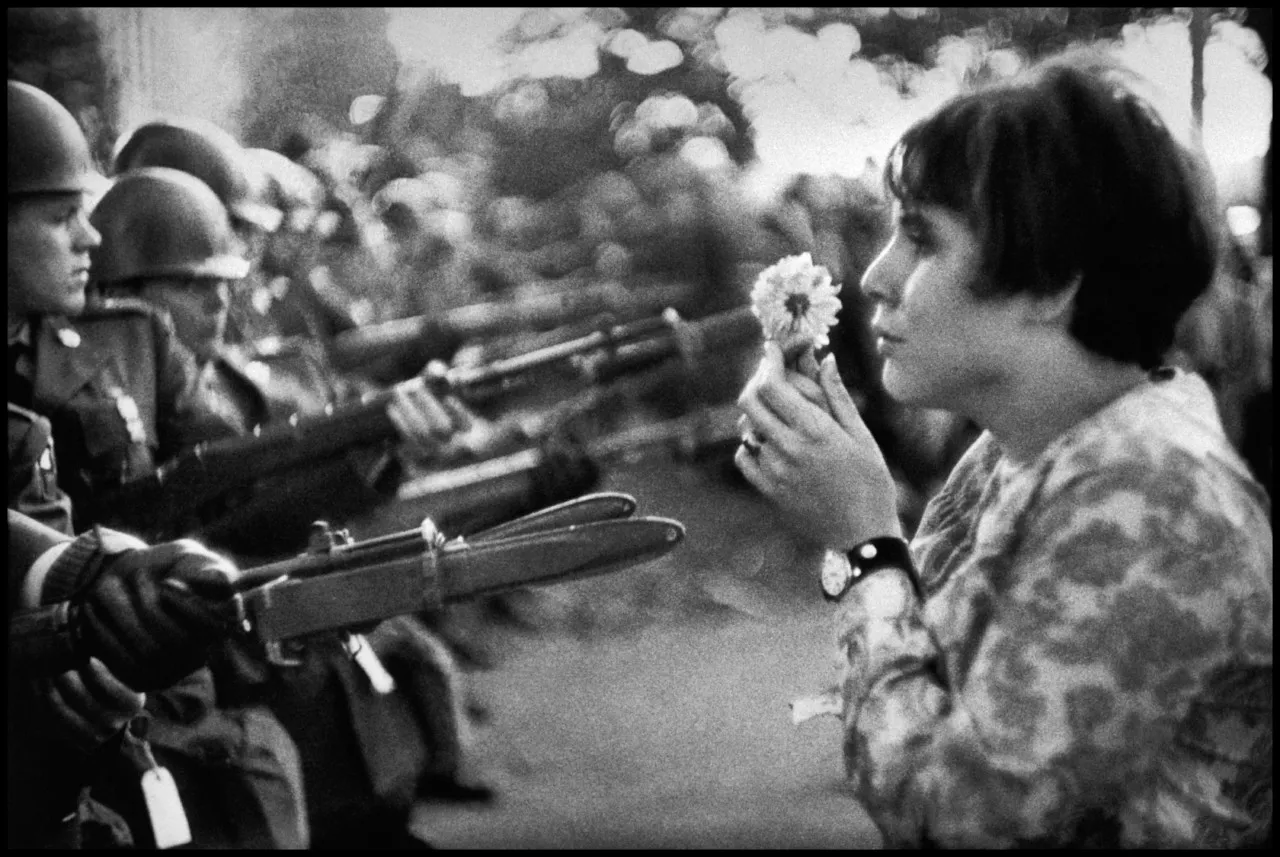 Marc Riboud, 1967
Marc Riboud, 1967
This photograph shows the juxtaposition of the ugly and the beautiful which he captured in many of his other photographs as well.
Even though his photos have very strong composition, he was criticized for being a bad storyteller. Even Henri Cartier-Bresson told that to Marc.
Indeed, according to Marc Riboud, he did not like the story aspect of photography and eventually became too independent to be a story photographer and left Magnum.
Below are some of the interesting ideas Marc Riboud had about photography.
A photo is a surprise
“Why dissect and comment a process that is essentially a spontaneous reaction to a surprise? This can’t be analysed ...”
Marc Riboud, Interview with Frank Horvat
For Marc Riboud photography is a reaction to a surprise, and good photographs come from being surprised. Perhaps this was also the reason he did not like doing stories as stories mean planning and you can’t plan being surprised.
This is an interesting point of view of photography. Yet, it makes sense. We photograph what draws our attention and curiosity. For a nature photographer, nature offers surprises, and therefore he photographs these events. For him and other similar minded people, these surprises make sense. For a fashion photographer, they might not. And the other way around.
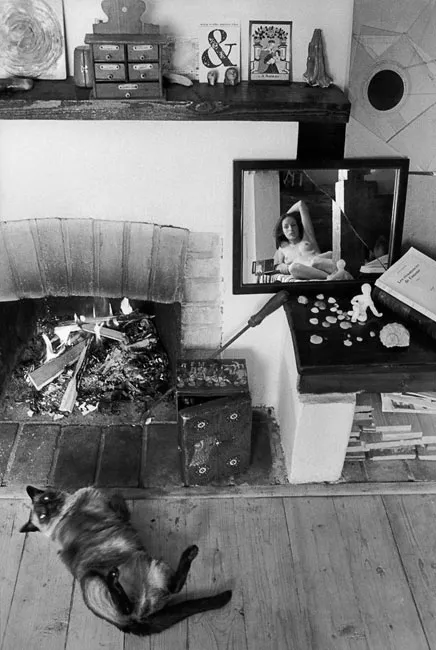 Marc Riboud, 1982
Marc Riboud, 1982
The cat in the picture above is a surprise, and according to Riboud, if you remove the cat, the photo doesn’t work anymore. That’s the surprise - not the naked woman in the mirror.
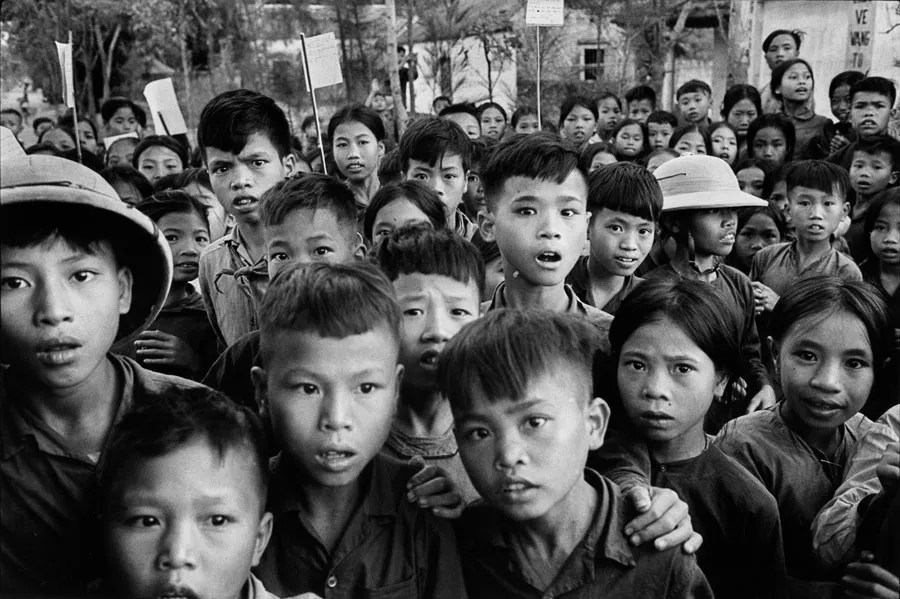 Marc Riboud, 1969
Marc Riboud, 1969
The photo above was taken in Vietnam in 1969. According to Riboud, he was probably the first European these kids had ever seen.
“There was a fashion, for a while, of becoming a miner to photograph miners, or a muslim to photograph muslims, etc. I don’t believe in this, because if you become like the other, the surprise is gone. You better remain yourself and let yourself be surprised.”
Marc Riboud, Interview with Frank Horvat
This photo clearly portrays a surprise and curiosity. This photo demonstrates that there’s no need to hide yourself as a photographer. Many street photographers try to stay invisible. Yet, if you’re invisible, you miss out on a lot of great pictures. The surprise by you and by your subject is what makes the photo often interesting. No need to blend in.
Be a curious wanderer scrutinizing details
He said that he liked to constantly wander around, scrutinizing details that might have been insignificant to others.
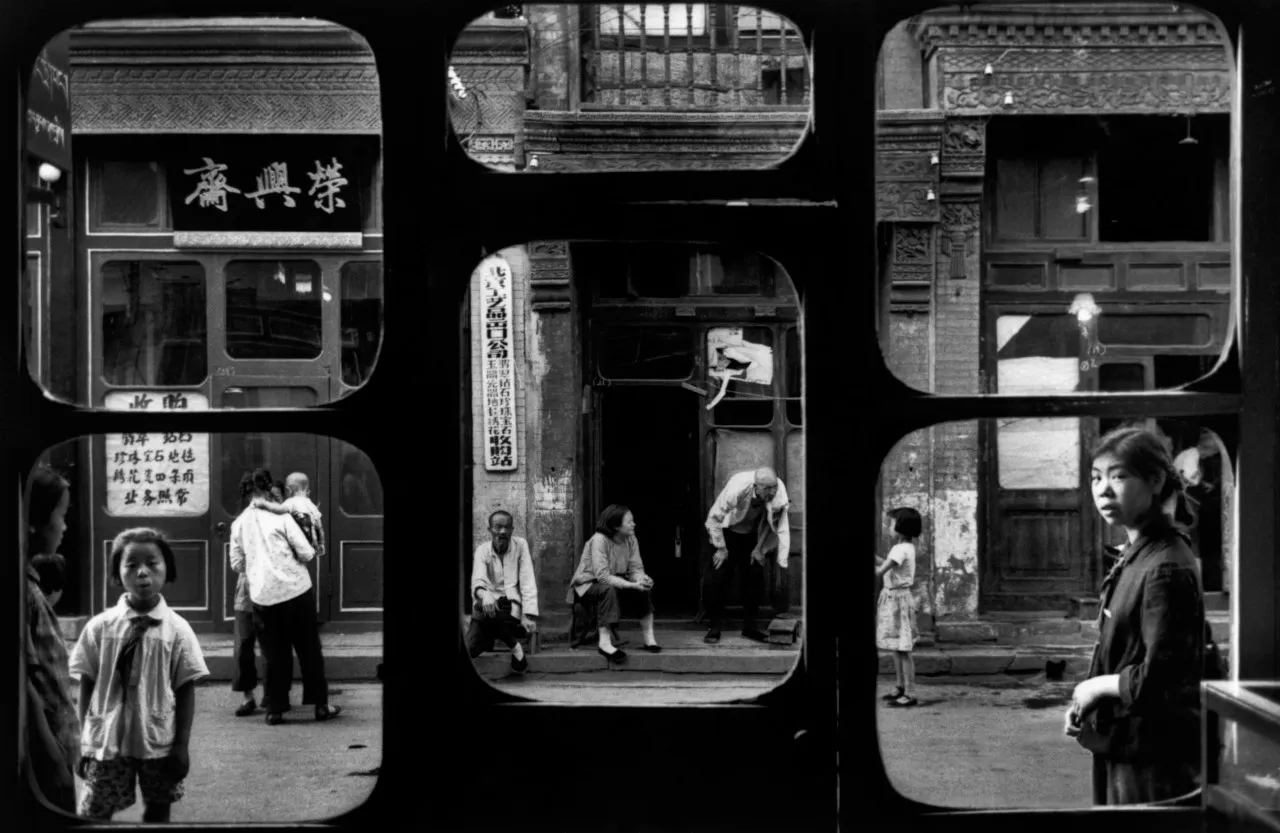 Marc Riboud, 1965
Marc Riboud, 1965
I think this is an essential aspect of being a good photographer. To be interested in details others don’t see.
Regarding the image above - according to Riboud, it’s the curves that make the photo - not the windows by themselves. This is a seemingly insignificant detail to many, but I guess this is also the reason Riboud was a master of photography.
A picture can’t be trusted
“The target of our line of sight is reality – but our framing can transform it into a dream.”
Marc Riboud
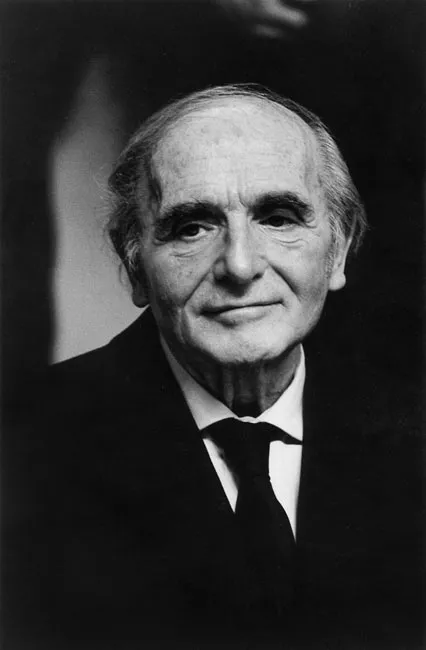 Marc Riboud, 1987
Marc Riboud, 1987
You may not recognize the person in the photo above. He looks just like any kind and gentle old man. As Riboud says: “You would invite him to your home or hire him to teach your children.” Yet the “gentleman” in the picture is Klaus Barbie. Google him!
“The idea of photography as evidence is pure bullshit. A photo is no more proof of any reality than what you may hear being said by someone in a bus. We only record details, small fragments of the world. This cannot allow any judgement, even if the sum of these details may convey a point of view.”
Marc Riboud, Marc Riboud, Interview with Frank Horvat
This is also why the best photographs are ambiguous. If the story in the picture is too obvious - the picture is boring. That’s why I personally don’t like funny street photos. They lack ambiguity. They may be funny, but that’s about it.
Even if you’re shy, you need to get close
The simple lesson is this: when photographing a protest, not only do you need to get close, you need to photograph the faces of the people.
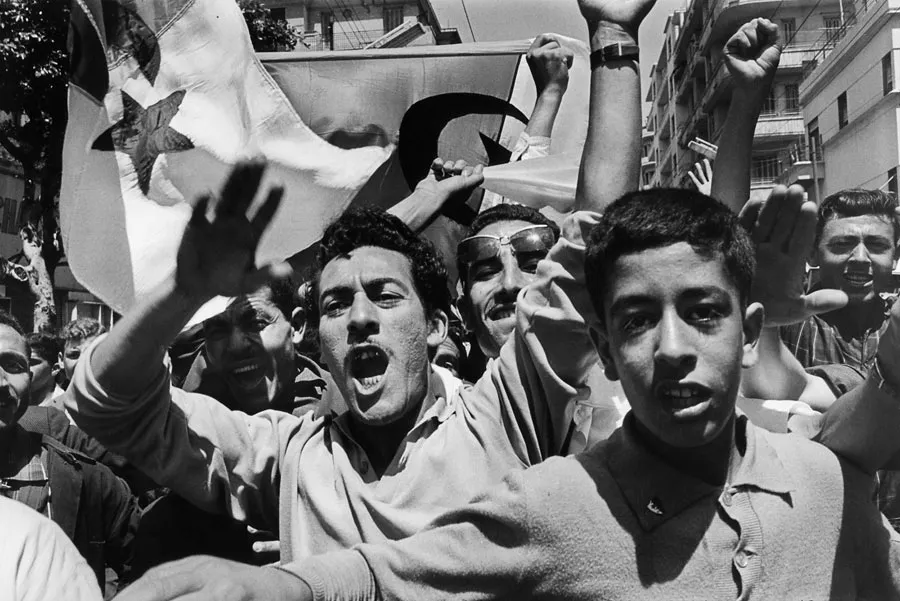 Marc Riboud, 1962
Marc Riboud, 1962
I haven’t been to many protests, but I have seen how other photographers work. They mostly stay in the sidelines or worse, they stay in the back.
Nobody wants to see the backs of the people. It results in boring pictures - unless you know what you’re doing.
You need to get inside the crowd. This makes the viewer feel as if he’s in action. The picture above is very powerful just because of that. Riboud is inside the action - he’s not a spectator - he’s a participant.
Riboud agrees with Capa, who said the famous quote: “If your pictures aren’t good enough, you’re not close enough.” And Riboud was the shy one!
Riboud gives another piece of advice on photographing protests: move backward. Otherwise, you would get in the way as people are moving forward.
You need the technique and sensitivity
“Technique and sensitivity go together, one cannot exist without the other. - As with music : no other form of expression is constructed with such mathematical precision, and yet it grips our senses and our guts.”
Marc Riboud, Marc Riboud, Interview with Frank Horvat
Having a photographic eye is not enough. It’s not enough to be a sensitive artist. You also need to have a strong foundation on e.g., composition. You need not only to see interesting moments or details, but you also need to make them work as a photographic whole.
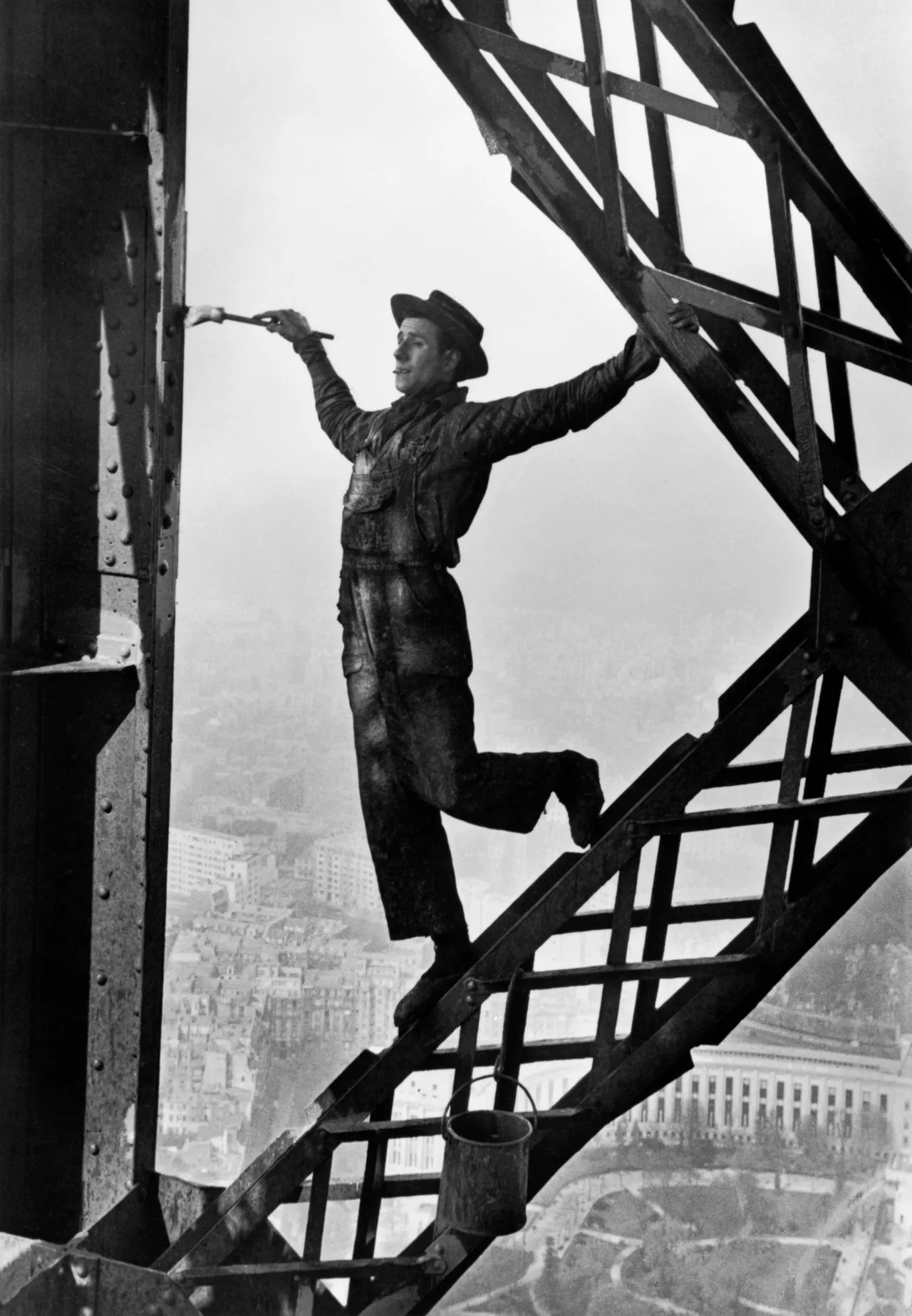 Marc Riboud, 1953
Marc Riboud, 1953
“We cannot create forms, as painters and sculptors do, but our purpose is the same : to simplify what we see, in order to make it understandable.”
Marc Riboud, Marc Riboud, Interview with Frank Horvat
This is also why it’s necessary to take many pictures. Not to take many pictures just for the sake of it, but you’re essentially searching for the right photo with the right composition. You change the perspective, angle, framing - you are looking! For Riboud this search is a “visual and sensual pleasure.”
Always strive to make better pictures
“When somebody asks me what my best photograph is, I answer, I hope to do it tomorrow and thus try to change my way of seeing.”
Marc Riboud
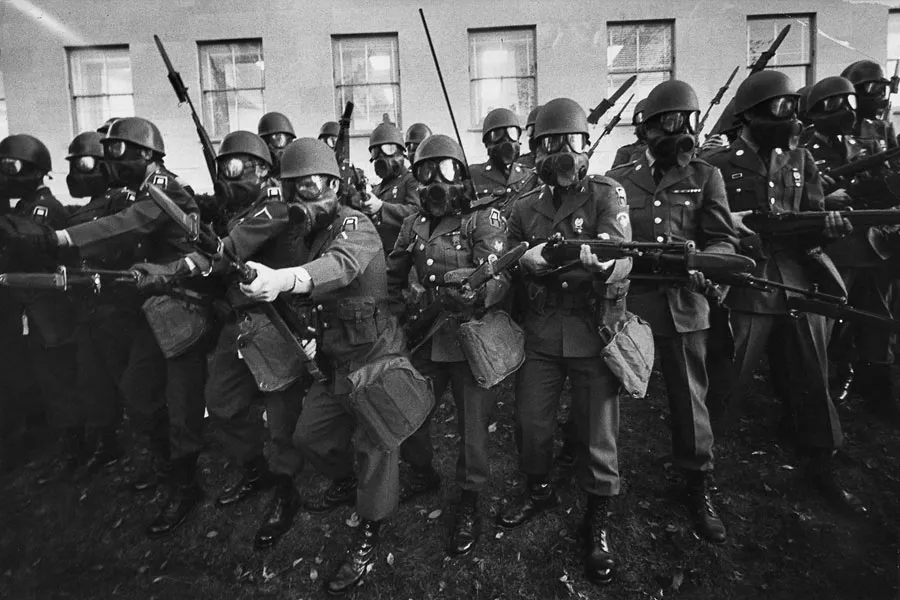 Marc Riboud, 1967
Marc Riboud, 1967
Don’t hang onto your old photos. This is an idea I personally also resonate with. For me a photo is just a photo - it’s not some sacred magnum opus. Always keep moving forward.
Ask yourself, “does this stand out?”
“I recently spent a whole summer gathering my photos from the last 35 years and editing them for an exhibition. It was an interesting exercise. I didn’t look for any link between the ones I chose, neither by subject matter nor by style. I only asked myself : “Does this one stand out?”
Marc Riboud, Marc Riboud, Interview with Frank Horvat
This is actually really good advice when selecting your best shots. We don’t always know if our certain photo is good or not, but we immediately recognize a photo that stands out. It takes place in an instant. You know it immediately if your photo stands out. And if it stands out - it must be good.
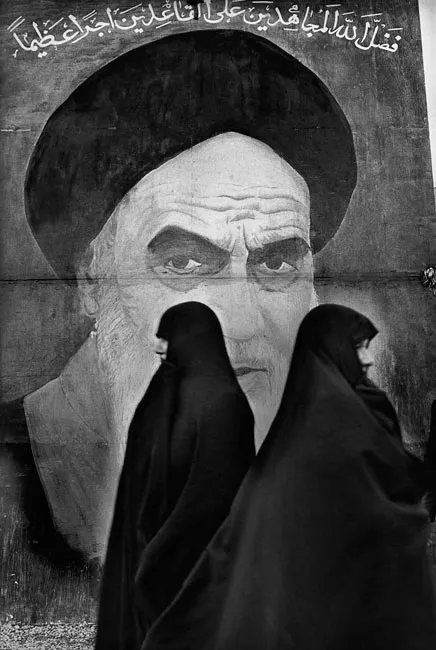 Marc Riboud, 1979
Marc Riboud, 1979
Do not stage a photo
There was an interesting discussion between Marc Riboud and Frank Horvat where they were discussing staging in photography. The interview can be found here - I highly recommend reading it if you want to have a deeper insight into Riboud’s personality.
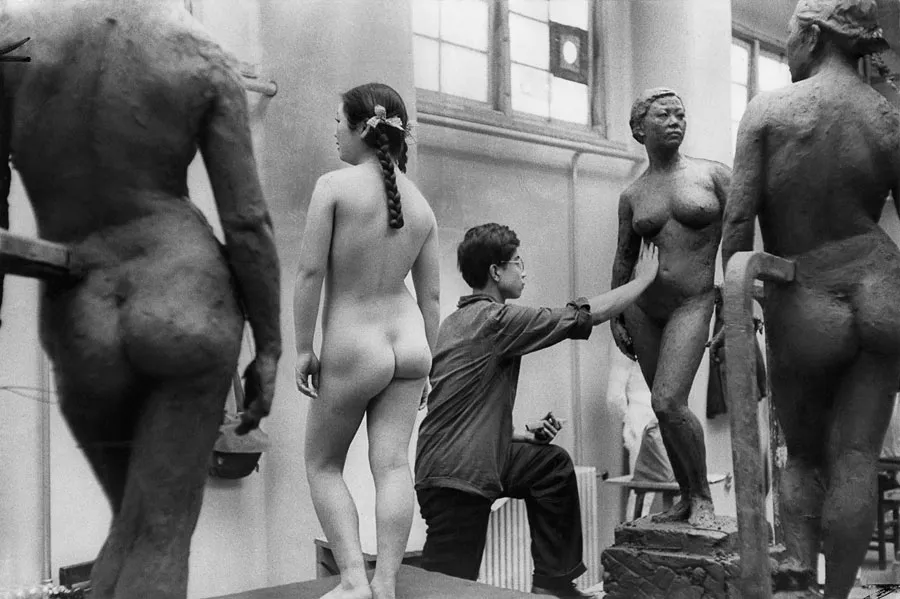 Marc Riboud, 1957
Marc Riboud, 1957
Riboud says, “that the role of photography is to record what’s there, not to stage.” To which Horvat points out that if we make a portrait photo, we tell the model to move there, or pick up something - which is essentially staging.
“All the erotic photos I’ve seen, and where I could sense some kind of emotion, were staged. And staging is an art by itself, I wouldn’t know how to stage a photo in which the emotion seemed genuine.”
Marc Riboud, Marc Riboud, Interview with Frank Horvat
For Riboud, it’s more complex than that. Just by telling someone to do something, doesn’t necessarily mean it’s staging. It’s not staging if they don’t “pretend to be anything but their own character, in their own environment.”
For more amazing photos by Marc Riboud, check out the website dedicated to his art.
KRISTJAN
← back to home